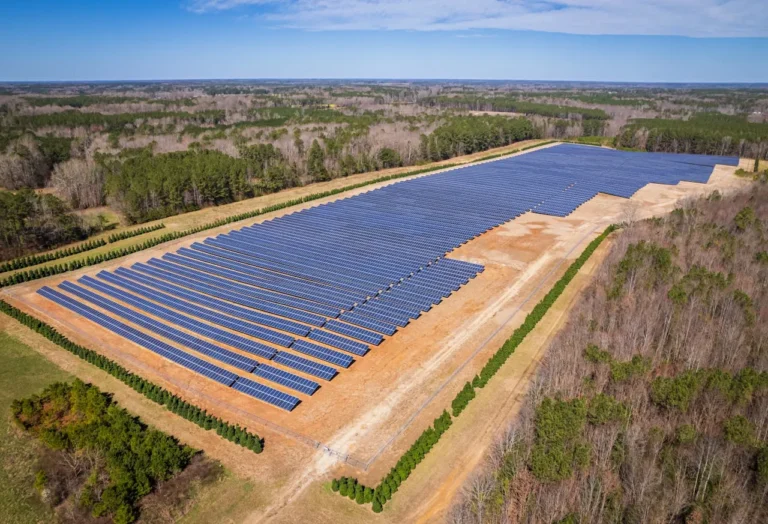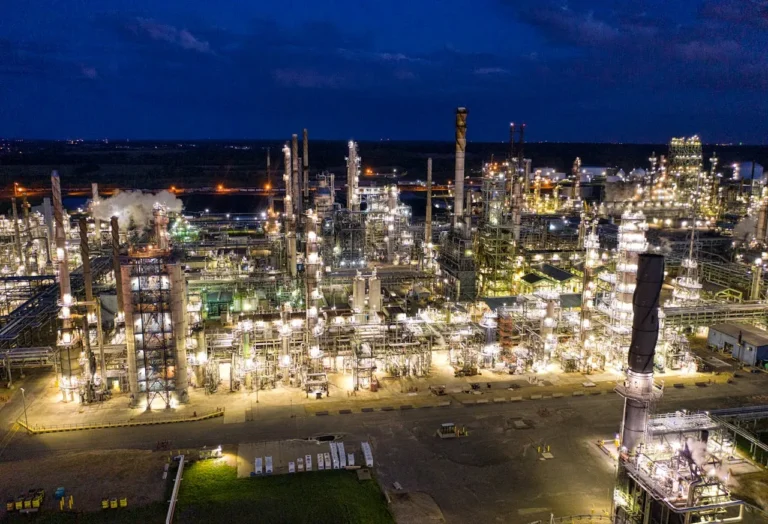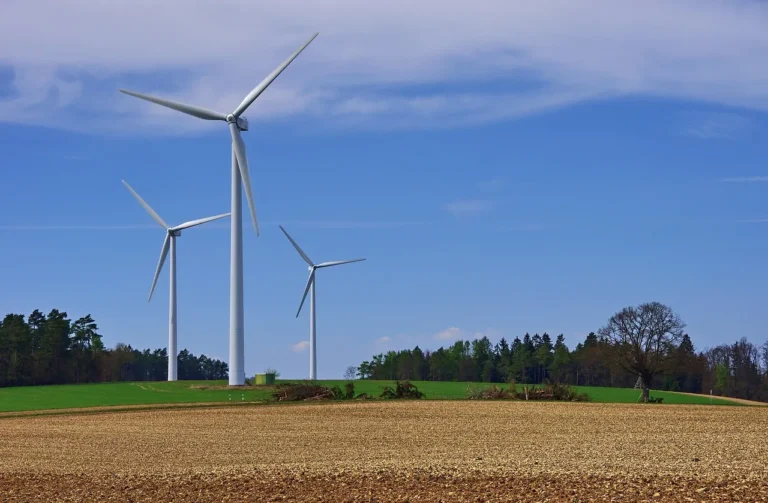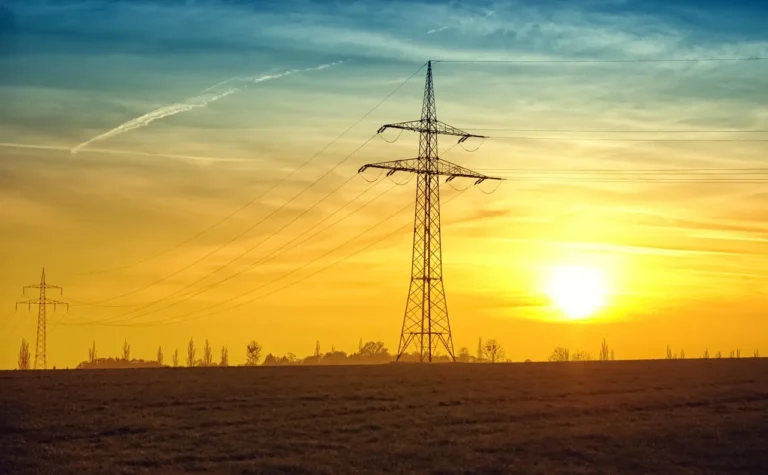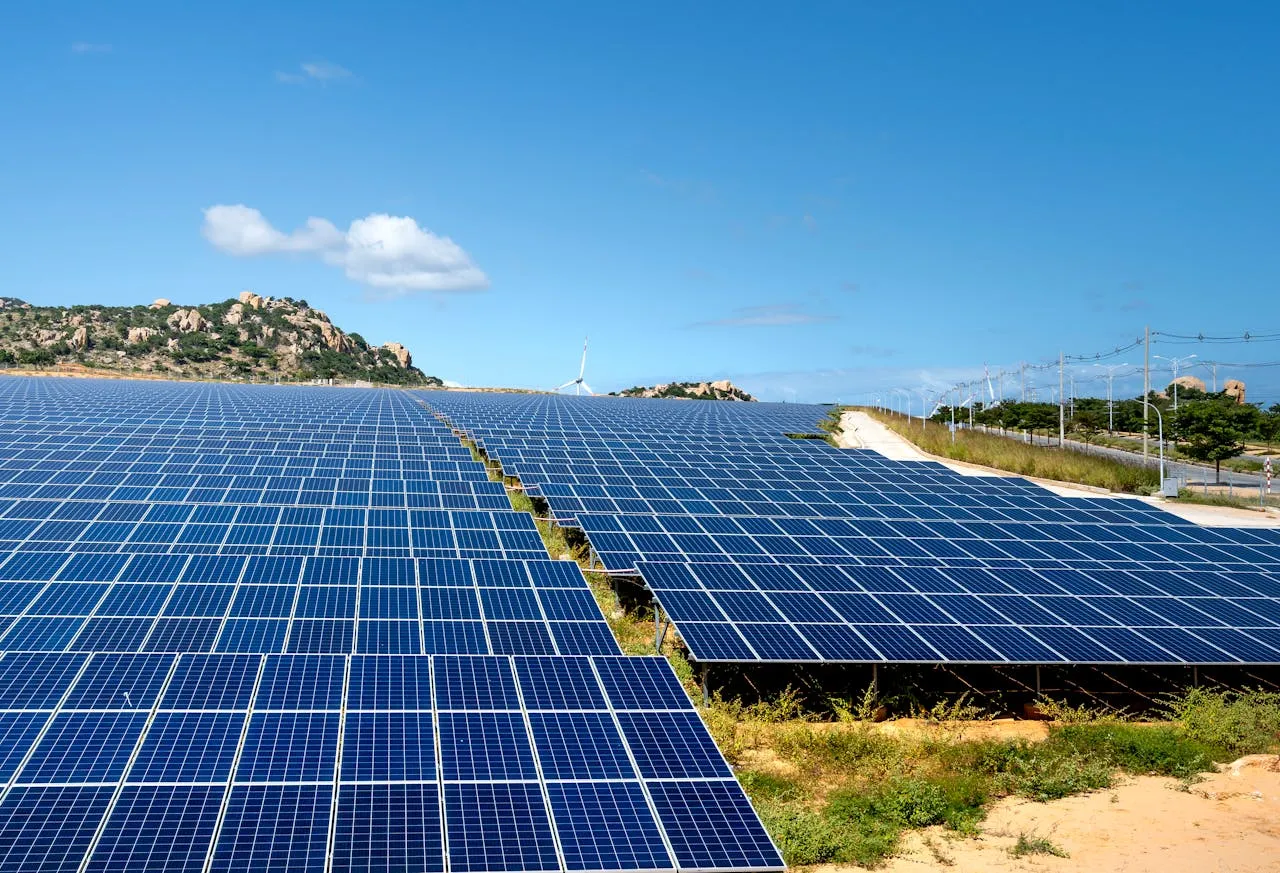
Ampt Optimizers to Power Australian Green Hydrogen Project
Ampt, the global leader in DC optimization technology for large-scale photovoltaic (PV) systems, announced that its String Optimizers will be deployed by Hiringa Energy, a pioneer in green hydrogen projects, to support a groundbreaking low-carbon cotton production initiative by Sundown Pastoral in New South Wales (NSW), Australia. The advanced optimization technology will power the solar-plus-storage system for Hiringa’s Good Earth Green Hydrogen and Ammonia (GEGHA) project, a key development in Australia’s renewable energy landscape.
A Strategic Move Toward Sustainable Agriculture
The GEGHA project represents a major milestone in the integration of clean energy and agriculture. Located at Sundown Pastoral’s Good Earth cotton farm near Moree, NSW, the initiative is partially funded by the NSW Government, which contributed AUD$35.8 million (approximately USD$23.6 million) through its Net Zero Plan Stage 1: 2020–2030. The project combines expertise from the solar, hydrogen, and agricultural sectors to establish a low-carbon alternative to imported fertilizers and feedstocks, supporting both economic and environmental sustainability.
This collaboration brings together Hiringa Energy as the green hydrogen developer, Kinelli as the engineering lead, and Ampt as the provider of cutting-edge DC optimization technology. The partnership’s vision is to align renewable energy production with agricultural demand, creating a model for sustainable farming that could be replicated across Australia and beyond.
Renewable Energy Driving Green Hydrogen
Hydrogen production through electrolysis is traditionally energy-intensive, with most global output still relying on fossil fuels. The GEGHA project, however, is designed to use solar power and battery energy storage to supply the electricity needed for hydrogen generation. The result is green hydrogen—produced entirely from renewable energy sources—which is then converted into low-carbon ammonia fertilizer.
This innovative process enables Sundown Pastoral to produce cotton with a significantly reduced carbon footprint, aligning with the growing demand from the textile and fashion industries for sustainable raw materials. Beyond environmental benefits, the project provides long-term economic advantages: Sundown Pastoral will have price and supply security for fertilizer over the next two decades, reducing dependency on volatile international fertilizer markets.
“By delivering higher performance and lower costs, our String Optimizers help make renewable hydrogen and ammonia economically competitive,” said Russell French, Country Director of Australia at Ampt. “Our technology enables renewable energy systems to perform more efficiently and more reliably, which is essential for the economic viability of large-scale green hydrogen initiatives.”
Technological Innovation at the Core
At the heart of the project is a 27 MWdc solar array paired with a 30 MWh battery energy storage system. Ampt’s String Optimizers make it possible to use a DC-coupled architecture, where the photovoltaic system connects directly to the DC bus linking the battery and the grid-forming inverter. This design reduces the need for multiple conversion stages, minimizing energy losses and cutting overall system costs.
The battery-centric architecture is especially crucial for off-grid applications, such as the hydrogen electrolyzers used in the GEGHA project. By stabilizing and efficiently managing DC power, Ampt’s system enables round-the-clock hydrogen production, ensuring a continuous feed of hydrogen for ammonia synthesis. This configuration demonstrates how renewable energy can be deployed in hybrid systems to power industrial processes traditionally dependent on fossil fuels.
Alistair Tippett, Head of Projects and Engineering at Hiringa Energy, emphasized the value of Ampt’s technology in achieving operational goals. “Integrating Ampt’s technology was critical to achieving our system design and performance targets,” he said. “Green hydrogen and ammonia production places unique demands on power systems, and Ampt’s DC power management technology enables us to maximize solar generation and storage efficiency. This is key to making production cost-competitive. We look forward to deploying similar systems across New Zealand and Australia.”
How Ampt’s String Optimizers Work
Ampt String Optimizers are high-efficiency DC/DC converters installed within the PV array. They perform maximum power point tracking (MPPT) on each input string of PV modules, ensuring that every panel operates at its peak performance regardless of shading or temperature variations. This allows the system to extract maximum energy yield from the solar array at all times.
The optimizers dynamically adjust output to follow the battery voltage as it charges and discharges, maintaining seamless integration between the solar array and the energy storage system. This direct DC coupling minimizes conversion losses that occur in traditional AC-coupled systems, improving overall efficiency and reliability.
Furthermore, Ampt’s system provides advanced grid service capabilities, including Frequency Control Ancillary Services (FCAS)—a feature that enhances grid stability and enables rapid response to fluctuating power conditions. By using fewer inverters and transformers, the system achieves lower capital costs, reduced maintenance requirements, and higher energy output over its lifetime.
A Model for the Future of Energy and Agriculture
The integration of Ampt’s DC optimization technology into the GEGHA project demonstrates how renewable energy innovation can transform agricultural production. By linking solar energy, battery storage, and hydrogen electrolysis, the initiative shows a pathway toward fully decarbonized fertilizer production—a sector responsible for significant global CO₂ emissions.
The GEGHA project’s success could serve as a blueprint for similar ventures worldwide, particularly in regions with strong solar resources and growing agricultural sectors. As governments and industries pursue net-zero emissions targets, the ability to produce green hydrogen and ammonia at a competitive cost will be a cornerstone of future energy and food systems.
By combining Ampt’s String Optimizer technology with Hiringa’s hydrogen expertise and Sundown Pastoral’s agricultural innovation, this collaboration sets a new benchmark for sustainable farming and clean energy integration. It demonstrates that advanced power electronics are not just a component of renewable systems—they are a key enabler of global decarbonization.
As Ampt continues to expand its presence in Australia and across Asia-Pacific, the company’s role in advancing renewable hydrogen, solar energy, and battery integration will be central to the region’s transition toward a cleaner, more resilient energy future.
Source Link: https://www.businesswire.com/




